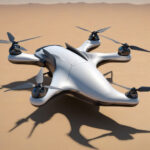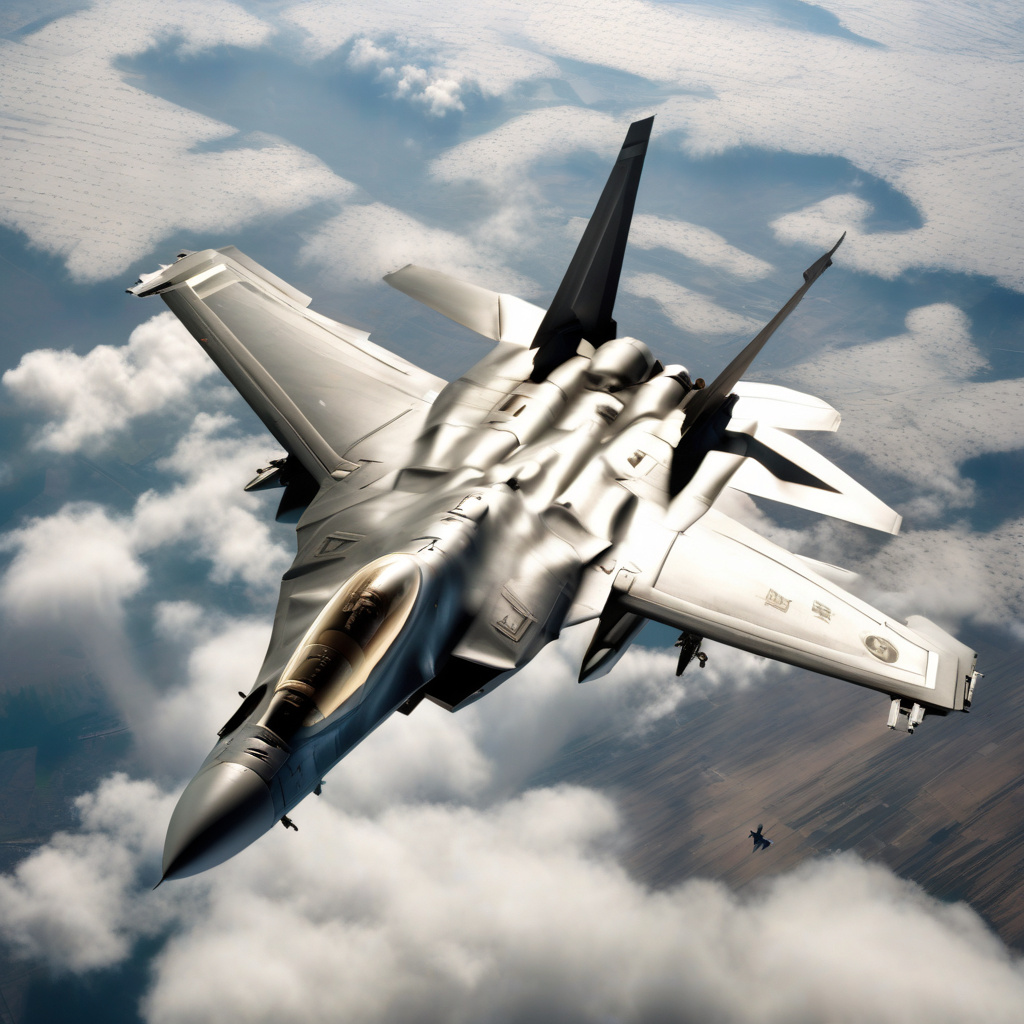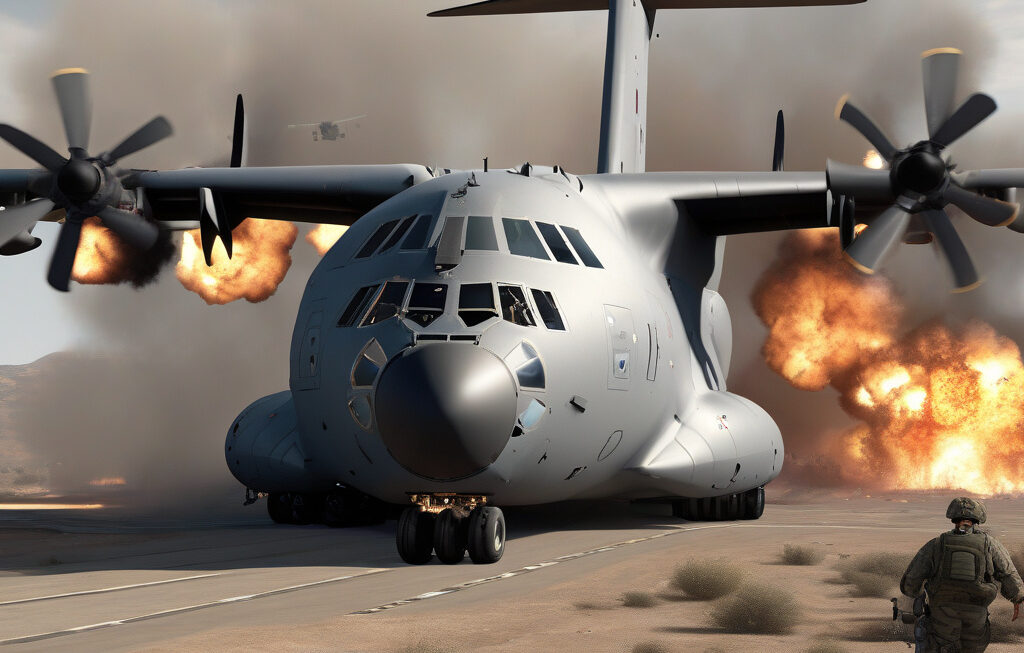The Rise of China’s J-16 Fighter: A Challenge to F-22 and F-35 Stealth Jets
A state-run Chinese documentary has aired a dramatic account of an aerial encounter over the skies of the South China Sea, claiming that the Chinese People’s Liberation Army Air Force’s J-16 fighter jet had successfully dominated enemy stealth jets in a dogfight. The J-16 is a multi-role fighter aircraft that has been in service since 2013 and is considered one of China’s most advanced and capable fighter jets.
The F-22 Raptor and F-35 Lightning II, operated by the United States Air Force, are widely regarded as two of the most advanced stealth fighter jets in the world. The F-22, introduced in 2005, is known for its superior maneuverability and stealth capabilities, while the F-35, introduced in 2015, is prized for its versatility and advanced sensor systems.
The claim that the J-16 outperformed these formidable opponents in a simulated combat scenario has raised eyebrows in military circles around the world. While it is difficult to verify the specifics of the encounter without independent confirmation, the assertion underscores China’s growing military capabilities and its ambition to challenge the dominance of Western powers in the realm of aerial warfare.
The J-16 is based on the Russian Sukhoi Su-30MKK design and is equipped with advanced avionics, radar systems, and electronic warfare capabilities. It is capable of carrying a variety of air-to-air and air-to-surface weapons, making it a versatile platform for a wide range of missions.
In recent years, China has made significant investments in developing its indigenous defense industry, with a focus on enhancing the capabilities of its air force. The J-16 is part of China’s broader strategy to modernize its military and project power beyond its borders.
The reported success of the J-16 in a simulated dogfight against the F-22 and F-35 is a reminder that military technology is constantly evolving, and that potential adversaries are closing the gap with Western powers in terms of capability and sophistication. It also highlights the importance of rigorous training and operational experience in ensuring the effectiveness of advanced fighter aircraft in combat situations.
While the outcome of a single training exercise does not definitively prove the superiority of one aircraft over another, it does serve as a valuable data point in assessing the relative strengths and weaknesses of different platforms. It also underscores the need for continuous innovation and investment in military technology to maintain a competitive edge in an increasingly complex and contested security environment.
As China continues to assert itself as a major player in global security affairs, the performance of its military aircraft, such as the J-16, will be closely scrutinized by defense analysts and policymakers around the world. The era of uncontested Western air superiority may be coming to an end, as rising powers like China demonstrate their ability to challenge the status quo and shape the future of aerial warfare.
In conclusion, the reported success of China’s J-16 fighter in a simulated dogfight against enemy stealth jets underscores the changing dynamics of modern air combat and the evolving capabilities of non-Western military powers. While the specifics of the encounter remain subject to debate, the broader implications are clear: the era of unchallenged Western dominance in the skies is fading, and new contenders are emerging to reshape the balance of power in the realm of aerial warfare.
#J-16, #F-22, #F-35, #AerialCombat, #MilitaryTechnology












